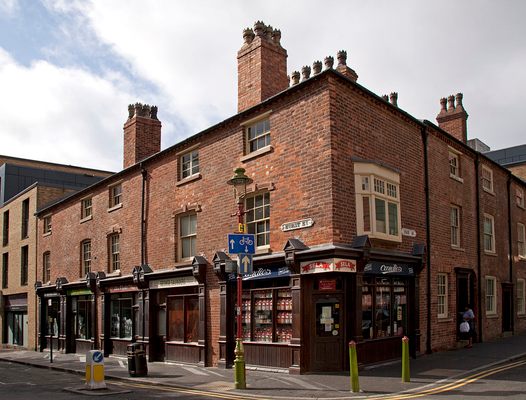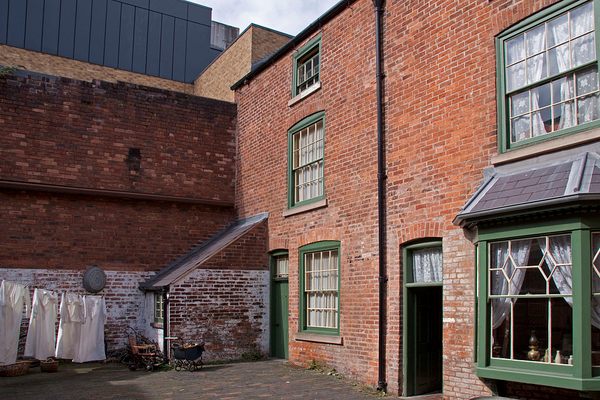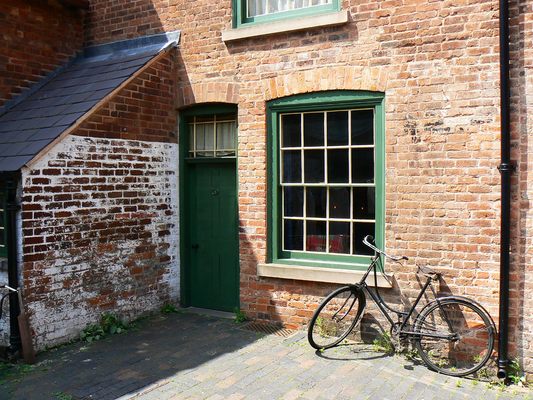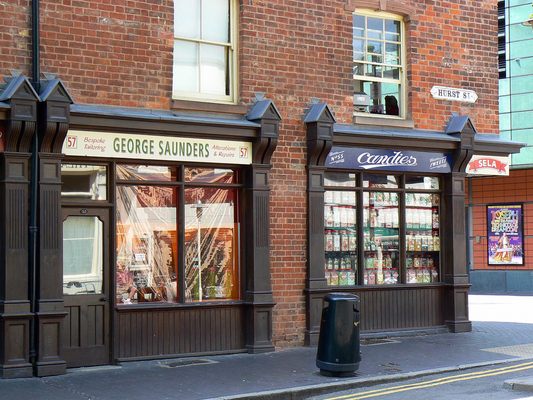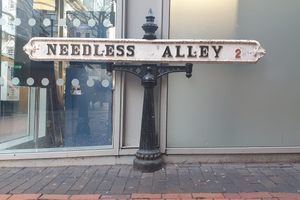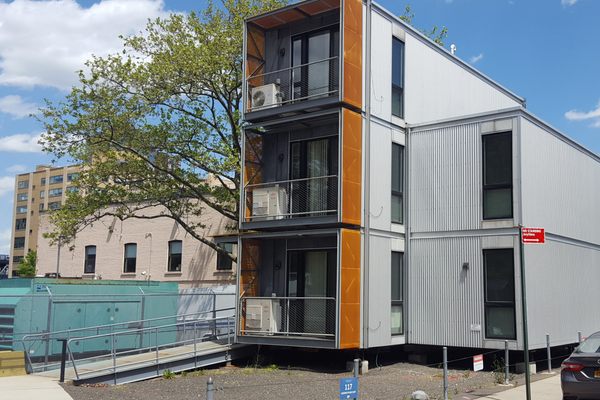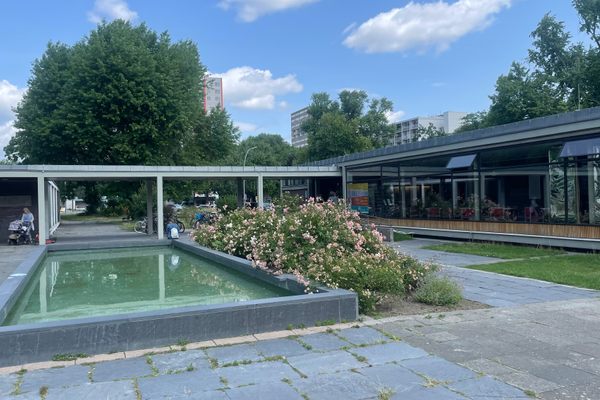About
The center of the city of Birmingham contains a jumble of old and modern buildings spanning a broad range of architectural styles. Some of these buildings, such as the Birmingham City Council, the Library of Birmingham, and Selfridges Birmingham, stand out very prominently on the skyline. However, on the periphery of the Birmingham China Quarter, a cluster of some of the city's most historically notable buildings blend completely into the urban landscape and may seem completely uninteresting to the average passerby.
These buildings are the Birmingham Back to Backs, a site run by the National Trust. Constructed in the 1830s during the height of the Industrial Revolution, the buildings consisted of two houses literally built back to back, with windows and doors on only one side of each house and a single brick wall separating them. One set of the houses faces an inner courtyard, while the other houses face outwards towards the surrounding streets. Residents would all share the toilets and other communal facilities within the central courtyard.
Back-to-back houses were cheap to build and quite common throughout Birmingham and the rest of the English Midlands during the 19th century. However, the homes were small, the walls were thin, and the design of the buildings meant that they had poor air circulation. They therefore were the residences of the poorer people within the city. Many of the homes tended to be overcrowded and unsanitary.
Given their reputation as slums, many back-to-back houses across England were eventually demolished and replaced with more modern buildings. By chance, however, the one set of buildings that now comprise the National Trust’s Birmingham Back to Backs managed to survive. This may be because the houses facing Hurst Street had functioned as shops from 1896 up to 2002; the tailor George Saunders, who was originally from St. Kitts, was the last occupant.
Even before Saunders retired, people had already recognized the historic value of the back-to-back buildings where he worked. The complex was given Grade II Listed status in 1988, and when Saunders closed his business, the Birmingham Conservation Trust began restoration work on the building. The building was then turned over to the National Trust, and it opened as a museum in 2004.
The National Trust has continued to operate the site ever since it opened. All of the buildings have been fully restored, and many of the rooms are furnished with items from various time periods. George Saunders even donated many of his belongings, which are displayed in the rooms where the tailor worked. While the buildings may not stand out in Birmingham’s cityscape and many visitors may not notice it, the complex is one of the best tourist attractions in the city.
Related Tags
Know Before You Go
The Birmingham Back to Backs are located on the south side of the city center, which places it near many public transport options. Street parking is limited, although several car parks are located within walking distance.
The museum is open Tuesday through Sunday and closed on Monday. Admission is by guided tour only, and all visits need to be booked in advance, with details on how to book given on the museum’s website.
Note that the building features many narrow staircases, so the upper floors are not accessible to wheelchair users or other people with mobility issues.
Community Contributors
Added By
Published
November 30, 2023
